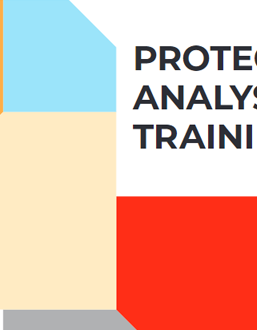These discussions dug deeply into how peace and development programs consider the pressing issues of safety, security, privacy, flexibility, and accessibility in an increasingly tech-enabled world.
On March 10, 2016, DME for Peace was pleased to host a M&E Thursday Talk with Rahel Dette of GPPI, who discussed Digital Vulnerabilities and E-Security Strategies as a part of our series on M&E and Ethics in the Digital Age.
In this Talk, Rahel covered basic concerns around digital vulnerability in peacebuilding, development, and human rights contexts. Rahel also discussed concepts to help inform an e-security strategy – including threat models, digital self-determinacy, consent, privacy, and digital rights. The discussion was founded on practical examples from Rahel’s research on the use of technology for humanitarian action in conflict.
Continuing the series, on March 24, 2016, DME for Peace was pleased to host Britney Nemecek of Search for Common Ground Burundi, who led a discussion on How Technology Can Provide Access To Data when the Context is Too Dangerous for Field Collection, Examples and Lessons from Using SMS in Burundi.
During the recent electoral violence in Burundi, Search for Common Ground’s (SFCG) data collection for Conflict Scans was temporarily interrupted in order to guarantee the security of research participants during a highly volatile period. In order to help fill this important gap in conflict research and monitoring, SFCG teamed up with UNICEF to use an innovative new approach to conflict monitoring. By capitalizing on UNICEF’s U-Report SMS reporting system SFCG was able to supplement missing data with a more lightweight, rapid methodology that improved respondent security.
The Conflict Scan, which employs a mixed methodology of surveys and key informant focus group discussions, was drilled down to only 4 key questions; each of which could be asked via 160 characters or less, via multiple-choice SMS messages. The rapid Conflict Pulse was able to cover 4 key pillars, including: current levels of social cohesion, security perceptions, security optimism, and perceptions of the education system’s contribution to youth resiliency to violent conflict. Mapping responses by province enabled targeted follow up research and programming by UNICEF and Search for Common Ground.


